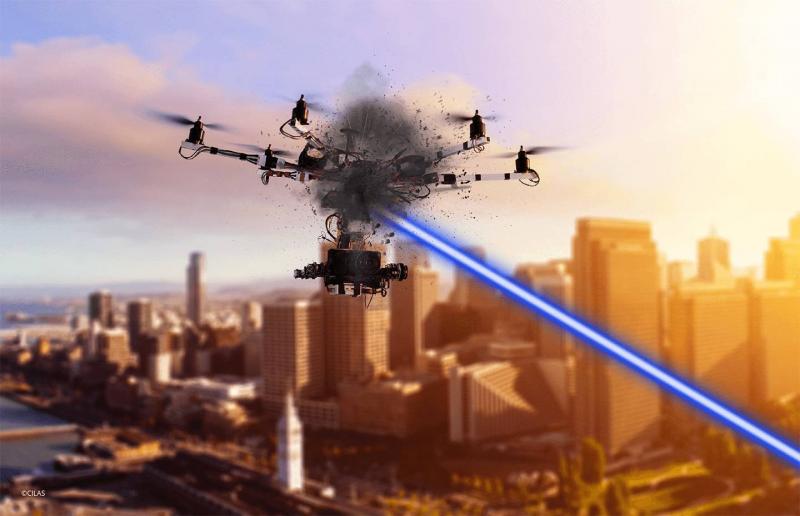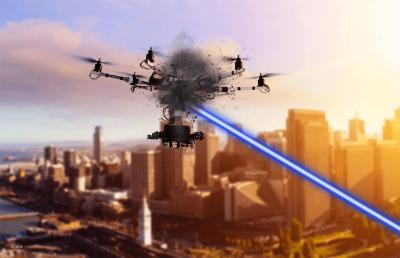As tensions escalate in the Taiwan Strait, Taipei is preparing to initiate a "revolution" in its military capabilities, as it puts it, by making a "bold" investment in "future warfare" through the implementation of a 50-kilowatt laser weapon system mounted on vehicles, which is set to be unveiled by the end of this year. This move is a clear indication of Taiwan's efforts to enhance its defensive mechanisms amid increasing geopolitical friction with China, according to Warrior Maven.
The laser system has been mounted on CM-32 Clouded Leopard armored vehicles, representing a significant step in Taiwan's defensive tactics. This system is designed to intercept missiles and drones, according to the Chungshan Institute of Science and Technology. This initiative, backed by collaborative research and development efforts, highlights Taiwan's comprehensive defense strategy that combines local innovation with international cooperation.
The laser weapon is part of Taiwan’s ambitious "Lightning Protection Project," which aims to bolster the island's air defense arsenal. The project is currently undergoing initial low-energy testing phases, with a roadmap in place for advancing to more effective testing stages soon. Similar to Israel's "Iron Dome" air defense mechanism, Taiwan's project focuses on mitigating aerial threats with maximum precision while minimizing collateral damage.
The adoption of advanced laser technology is expected to significantly enhance Taiwan's defensive posture against potential threats, providing a cost-effective and reliable countermeasure for contemporary combat challenges. The project goes beyond mere defense; it represents "Taiwan's calculated maneuver" in the complex security dynamics of the Asia-Pacific region. The shift towards directed energy weapons underlines a transition to more accurate and economical defensive strategies, adept at addressing the diverse nature and scale of modern threats.
The costs associated with intercepting missiles using laser technology are considerably lower than traditional missile defenses, offering a sustainable alternative to conventional air defense systems. In addition to its direct military benefits, this technology has the potential to redefine engagements on the battlefield, providing quick and precise countermeasures against various threats, from drones and missiles to manned aircraft, while alleviating the logistical and financial burdens associated with traditional weapons.
Taiwan's pursuit of developing a 50-kilowatt laser mounted on vehicles reflects an intention to adopt a broader strategy of weaving advanced defensive solutions into its response to regional tensions, placing the island on the front lines of contemporary military technology. As this project transitions from testing to potential operational deployment, it is set to play a pivotal role in the future defense of Taiwan.
### China’s Defense Spending
This development comes at a time when China has announced an increase in its defense budget this year by 7.2%, reaching approximately $231 billion, with a similar increment as last year's increase, announced at the opening of the annual session of the National People's Congress (NPC), China’s parliament. Consequently, China will spend 1.665 trillion yuan ($231.4 billion) on defense this year, according to the budget report outlining the government's financial plans for the current year.
China possesses the second-largest defense budget in the world after the United States, even though the Chinese military surpasses its U.S. counterpart in terms of personnel numbers. Nonetheless, Chinese military spending has been about three times less than U.S. spending in recent years.
NPC spokesperson, Liu Qinjian, stated that the world's second-largest economy will maintain "reasonable growth" in its defense budget to "protect its sovereignty, security, and development interests." China’s military expenditure has been rising for decades, which broadly aligns with economic growth. Military spending in China constitutes 1.6% of the country's gross domestic product, significantly lower than military spending in the United States, according to the Stockholm International Peace Research Institute.




